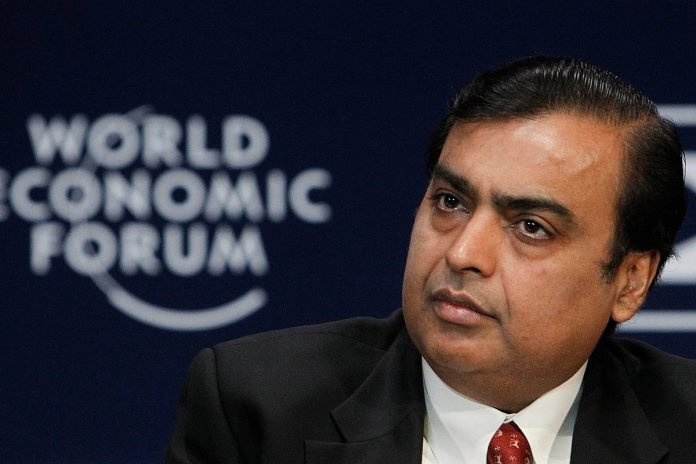Amid such domestic ‘optimism’, RIL‘s green plans could come as a spoiler. When Ambani told shareholders that RIL was placing a $10,000,000 bet on “future energy”, it would have shaken many perceptions and triggered many boardrooms and official reconsideration.
Will Reliance Industries (RIL) ‘Green Turn’, announced by Mukesh Ambani at the annual general meeting on June 24, will bring about a radical change in the Indian Oil NSE 0.32% and gas sector? Can this state signal refiners follow in its footsteps?
Over the past five years, as the climate consciousness has spiked and the global oil industry faces rocky demand prospects with volatility in rising prices, Indian refiners rarely betrayed anxiety, to come complacent in the belief that oil demand was unlikely to decline in the country for decades.
The officials were very proud of the market outlook by international agencies, which presented India as the largest contributor to future oil demand growth, even if it included an increase in import dependence. Booming Indian refiners are adding significant potential, even as global oil majors plan to decrease.
According to a three-year-old official report based on firm plans by companies, the capacity is to be expanded from 80% to 439,000 tonnes by 2030 in the past. Last November, in the middle of the epidemic, Narendra Modi said India will almost double its refining capacity in five years.
Refiners have also expanded their fuel distribution network by about 40% in the last five years, adding thousands of more pumps. In short, while the world was thinking of ways to bid a farewell to fossil fuels, we were just inciting our addiction to oil.
RIL’s first sign appeared to lose interest in conventional fuel two years ago when the company said its refining complex in Jamnagar, the world’s largest, would eventually produce only jet fuel and petrochemicals, which would destroy outputs such as petrol and diesel in sync with the global growth of e-mobility.
Last week Ambani had explained RIL’s plan to set up a 100 GHz solar plant and GIA’s plan to produce solar photovoltaic modules, batteries, fuel cells, and electrolytes for green hydrogen, which is unveiling the company’s path to the future. The scheme is important in another way as it enhances India’s control over new energy price chains, especially emerging global rivalries that have left nations for more reliable supply chains.
State refiners have also entered renewable energy (RE), charging stations, and green hydrogen. But their plans look much timid compared to RIL’s ambitions. Though Ambani appears to be bidding to build a future, the state firms seem to wait for the future to happen before replying.
Follow and connect with us on Facebook, LinkedIn & Twitter

